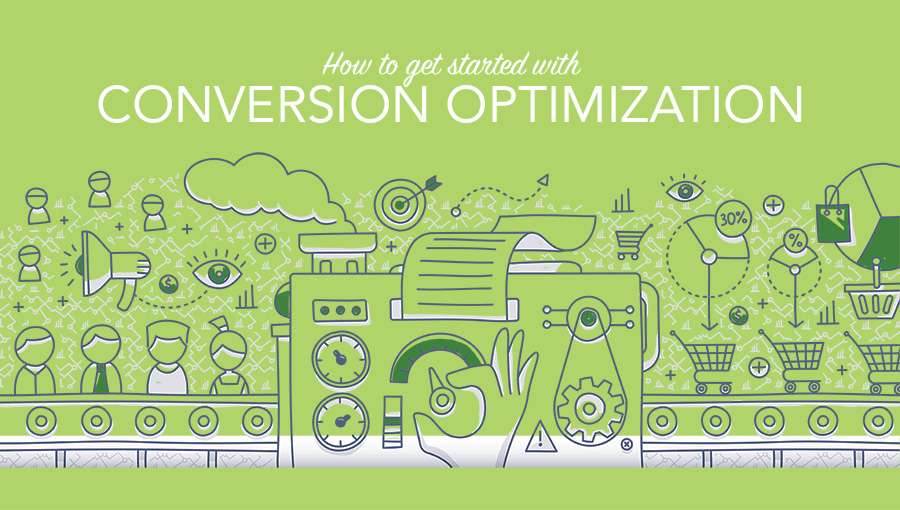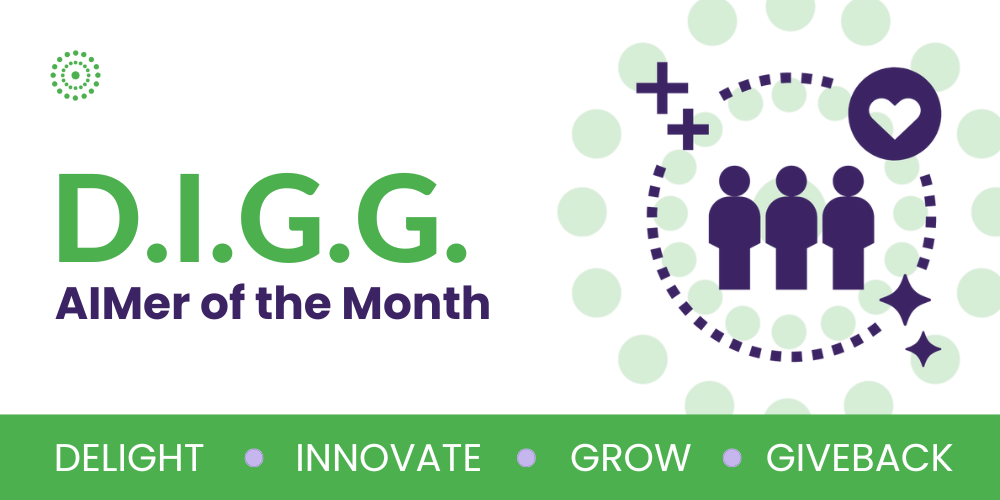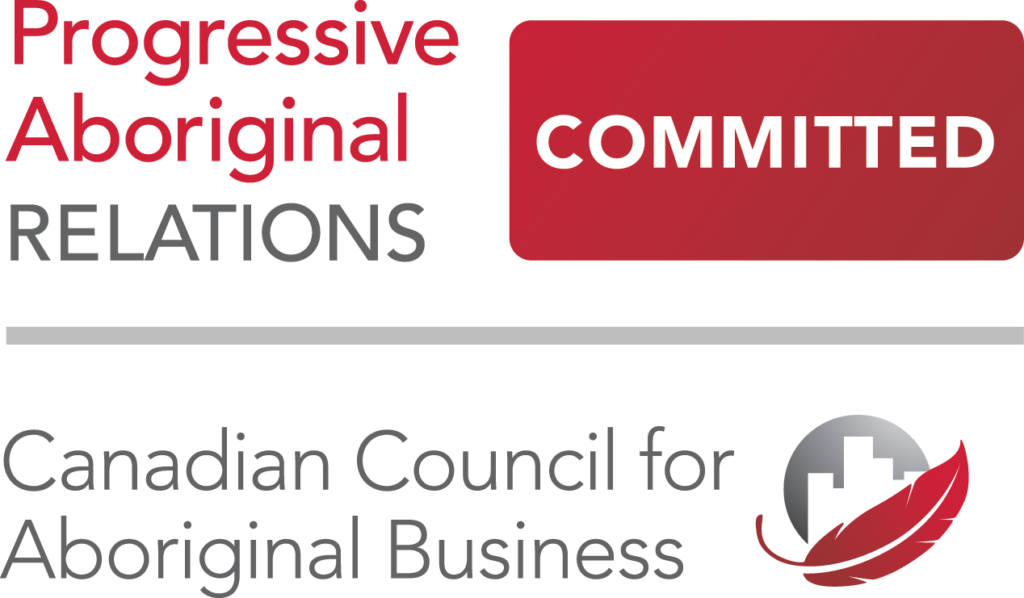Has your company launched a conversion optimization program yet? If not, you might feel like you’re missing the boat, as you’ve heard more and more about the impact that optimization can have on your growth rates.
You’ve likely seen case studies outlining double-digit conversion rate gains, tens of thousands to millions of dollars in incremental revenue, and winning A/B test treatments for websites in every industry.
Perhaps you’ve been wondering: How can we generate those kinds of wins for our company? What exactly would it take to make results like that happen here?
Let’s look at five critical steps that will help you start that conversion optimization journey:
1. Go in with clear expectations
The best place to start is with a crystal clear understanding of what conversion optimization does and doesn’t entail, so you can form realistic expectations.
First of all, just as with any marketing or sales initiatives (or business in general), there are no guarantees here. There are very strong possibilities, and many sites have room for huge ROI improvements, but research shows that far more optimization tests fail than succeed. This is especially so with in-house programs as compared to qualified agencies, so if you go into the testing process expecting a 90% or even 60% win rate, you’ll be disappointed.
2. Understand the potential outcomes
It’s critical to understand that optimization isn’t just about increasing conversion or revenue by testing different site treatments and page elements.
Optimization done right is a cycle of continual improvement based on learning more about your customers’ needs, and how best to fulfill them consistently, even as they evolve over time.
That encompasses a lot more than the color of your cart buttons and the call-to-action copy, such as: pricing, positioning, product/market fit, aligning your site content with buyer intent and marketing channels, user experience and buyer journeys.
Even if a test has no clear winner, or underperforms the control, the insights you can learn from that test can prove invaluable to other areas. The outcomes can inform future tests, help you develop a stronger product/market fit, or reduce expenses on a channel that isn’t working, and provide several other benefits aside from a direct conversion or revenue gain.
3. Focus on your ideal customers first
Many companies dive head-first into testing with a process something like this: the marketing head has read optimization case studies or blog posts, or latched on to winning ideas from a conference or webinar, and wants to apply similar ideas to their own site to improve results.
This all-too-common approach is not how you want to start the optimization process.
Understanding what worked on other sites is a valuable reference point. But if you’re not, say, Amazon or HubSpot, and your products, services, customers, budget, staff, etc., are very different, why try to shoehorn their winning test results onto your company’s site?
Instead, you want to start with your ideal customers. Knowing how they find you, buy from you (the first time, and again), what they love (and don’t love) about your brand/products/services, and what else they want or need that your site and marketing channels aren’t communicating to them clearly enough.
4. Map out your testing strategy with multiple sources
Google Analytics (or similar) is the obvious starting point for the quantitative data on your site visitors and customers, but that’s only part of the much larger picture.
The best ideas for testing often derive from the insights you elicit via qualitative data sources, such as UX sessions, site visitor tools like Hotjar, customer surveys, CRM data and customer service team reports, site search queries and talking with customers.
Plus, while Google Analytics keeps improving and provides vital key performance indicators such as lifetime value, sales and product performance (ecommerce) and much more, many companies still struggle to reconcile profit margins, online influence on offline/phone sales, channel attribution and other factors that are critical to the bottom line. These need to be taken into account when pursuing optimization initiatives.
Your best bet: Use both the quantitative and qualitative data from these sources together to fully inform your optimization and testing strategy.
5. Work with a highly qualified optimization team
Here’s where your specific situation really drives the next steps. If your team doesn’t already have an extensive optimization and testing background, training is an option worth considering, but of course it takes considerable time.
In that case, it’s more common to engage an agency or consultant, particularly when launching or growing an optimization and testing program. While testing platforms and software providers, such as Optimizely or VWO, can provide you with setup and initial support, that’s not enough to keep the process going and thriving properly. Another area to beware of is leaving the platform management and responsibilities in the wrong hands — for instance, IT — and exposing several tests to a variety of setup errors and validity threats. (This happens more than you think.)
One of the most effective scenarios is a hybrid approach: optimization strategy development, and testing program setup and launch, plus training for in-house teams so they can take over the process in time, as they learn and develop their skills in this complex area. We use this framework at All Inclusive Marketing to achieve short-term ROI gains while training client teams up to manage the process internally, for long-term sustainability.
Whichever route best fits your situation, keep in mind that this is the starting point. Building an effective optimization process in-house may seem like a ton of work — and it can be — but you don’t need to tackle it all yourself.
The teamwork factor makes all the difference, so getting that right from the start will provide the biggest ROI of all.
Let us know how we can help you get going with optimization.
Hunter also founded Optimization Copilot
Click here to learn how increasing your conversion rates drive performance marketing results.













Comments are closed.